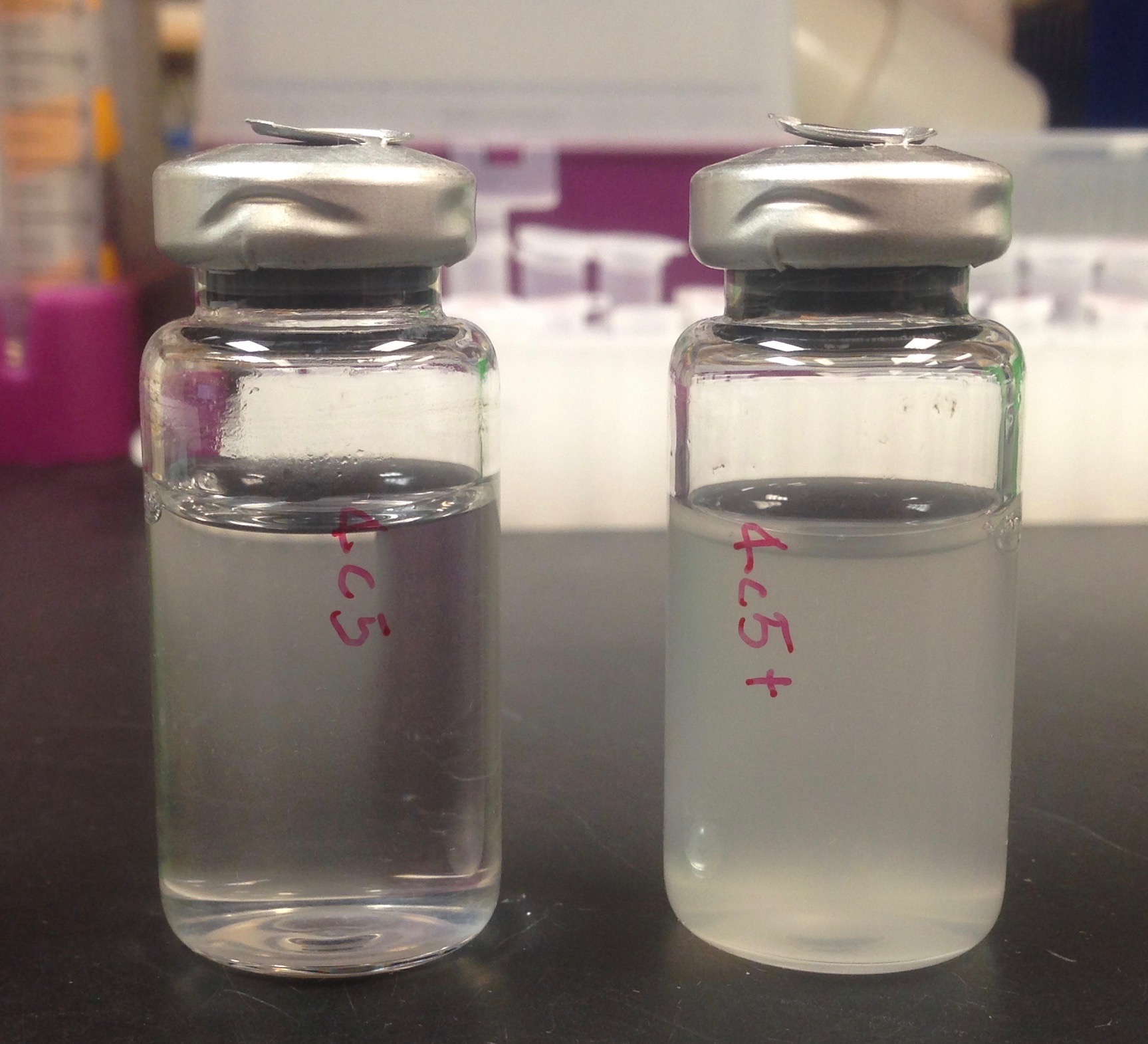Part:BBa_K2086002
PyeaR - SerA
This part is a composite part of the promoter BBa_K216005 with the serine coding sequence BBa_K2086002 as well as a standard RBS BBa_B0030 and terminator BBa_B0015. It is designed to act as a nitrate sensitive kill-switch by utilizing a nitrate sensitive promoter coordinated with an essential gene to complement an auxotrophic strain of E. coli only under high nitrate conditions.
Sequence and Features
- 10COMPATIBLE WITH RFC[10]
- 12COMPATIBLE WITH RFC[12]
- 21INCOMPATIBLE WITH RFC[21]Illegal BamHI site found at 422
- 23COMPATIBLE WITH RFC[23]
- 25COMPATIBLE WITH RFC[25]
- 1000COMPATIBLE WITH RFC[1000]
Biology and Our Application
PyeaR
The yeaR-yoaG operon is found in E. coli and has been shown to be sensitive to nitrate concentrations as well as nitrite concentrations to a lesser degree [1]. The promoter of this operon is regulated by the Nar and NsrR repressors found. These repressors are deactivated in the presence of nitrate,nitrite, and nitric oxide to a lesser extent. This promoter is also unique in the fact that it is not repressed under aerobic conditions. The original BioBrick BBa_K216005 was made by the 2009 Edinburgh iGEM team.
[1] HSIA-YIN LIN, PEGGY J. BLEDSOE, AND VALLEY STEWART: Activation of yeaR-yoaG Operon Transcription by the Nitrate-Responsive Regulator NarL Is Independent of Oxygen- Responsive Regulator Fnr in Escherichia coli K-12 https://www.ncbi.nlm.nih.gov/pmc/articles/PMC2168752/
Serine
Serine is an amino acid produced in E. coli K12 through the metabolic pathway shown in Figure 1. The SerA gene codes for D-3-Phosphoglycerate Dehydrogenase, the enzyme responsible for catalyzing the committed step of serine biosynthesis. Without SerA, E. coli are unable to grow without sufficient supplementation of other amino acids [2].
Taking advantage of the bacteria's dependence on serine, we planned to create a safety kill switch by controlling the production of the amino acid. By obtaining an auxotrophic strain missing the SerA strain (JW2880 [3]) we were able to create a complement SerA plasmid to rescue the strain when grown in media without supplementary amino acids. Our kill-switch (BBa_K2086002) was incorporated into our final project design.
[2] PAULA D. RAVNIKAR AND RONALD L. SOMERVILLE: Genetic Characterization of a Highly Efficient Alternate Pathway of Serine Biosynthesis in Escherichia coli. http://jb.asm.org/content/169/6/2611.full.pdf
[3] Coli Generic Stock Center: JW2880. http://cgsc.biology.yale.edu/Strain.php?ID=108515
SerA Supplementation

Before interpreting the results from our composite part including SerA, it's important to first consider whether our selected auxotroph (JW2880) was able to be rescued with a supplemental SerA gene. By complementing our auxotroph with a plasmid containing SerA and its native promoter, the growth curve in Figure 2 was obtained. The ability of our isolated SerA gene to rescue our auxotroph was confirmed by testing our composite BioBrick kill switch (BBa_K2086002), which expresses the SerA gene when nitrate concentrations reach a certain threshold. The qualitative results from one of these experiments are pictured in Figure 3.
| None |


